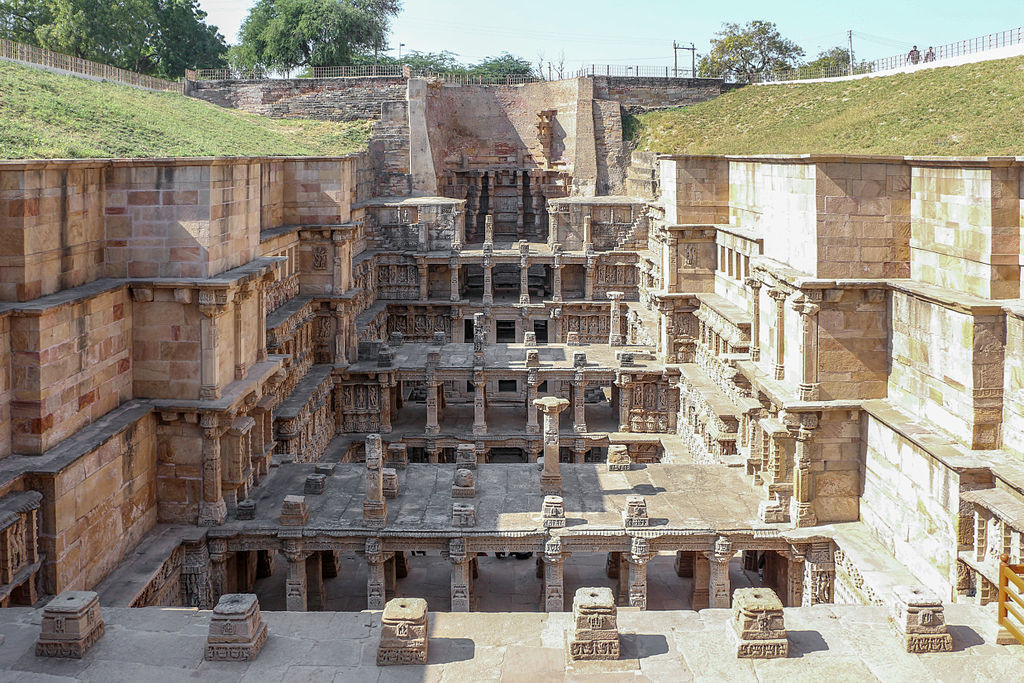Heritage is the one of the important things in our lives as this depict the culture and the art of living of our ancestors. Architecture which is an important part of our heritage help us to know the customs that were followed during ancient times. The invaluable sculptures created just using a chisel and hammer shows the ability of artists of our ancient civilizations. On the other hand, today’s generation artists are not able to do it using many more instruments and latest technology!
The United Nations Educational, Scientific and Cultural Organization (UNESCO) is a discrete agency of the United Nations (UN). It has a World Heritage Sites domain which enlists the sites with outstanding cultural or natural importance to the common heritage of humanity. The listed sites under certain conditions can avail funds from the organization for the maintenance and other renovation work. India has total 32 heritage sites that are listed in the World Heritage Sites.
One of them is Rani ki Vav (Queen’s Step-well) in Patan, Gujarat. The monument got added to the list of World Heritage Sites on 22nd June 2014. It is located on the banks of river Saraswati. It was constructed in the memory of king Bhimdev I, son of Mularaja, the founder of the Solanki dynasty of Anahilwada Pattan in 11th century AD. It was built by his queen Udayamati between 1022-1063 AD. It is one of the finest step wells in India and a popular legacy in Patan. It reflects the superb sculpting skills of the artisans of the Solanki era. It has very intricately carved pillars, beams and steps which signify the Maru Gurjara style of architecture. The stepwell was later flooded by the nearby Saraswati River and was obstructed over until the late 1980s. When it was excavated by the Archaeological Survey of India, the carvings were found in primitive condition.
Rani ki vav is designed as an inverted temple defining the sanctity of water. It is divided into 7 levels of stairs. This step well measures approximately 64m long, 20m wide & 27m deep. There are stepped corridors compartmented at regular intervals which is a discrete feature. There are sculptures of the avatars of the Hindu Gods, Jain Gurus, Goddesses, Apsaras, etc in all the levels which are shown in devotion to Lord Vishnu. There are more than 800 sculptures among the seven levels. It has a unique carved image of Sheshashayi-Vishnu – the reclining image of Lord Vishnu on the thousand hooded Sheshnaga.
Amongst all the steps the fourth level is the deepest and leads into a rectangular tank of 9.5 by 9.4 metres, at a depth of 23 metres. It also has a secret getaway below the last step of the stepwell which was used by the kings to escape after defeat in battles. There were also certain chambers built in the stepwell for the royal family which were used during Summer season. The water from the well decreased the heat by making the breeze cool. It also has beautiful gardens around it.
It is also believed by the local people around the village that some 50-60 years back there used to be Ayurvedic plants surrounding the Rani Ki Vav, which gave the waters of this step well some medicinal properties too. After being selected as a World Heritage Site, Rani ki Vav has become one of the most popular tourist destinations in Gujarat.






True… Must visit Once…. you will love it…